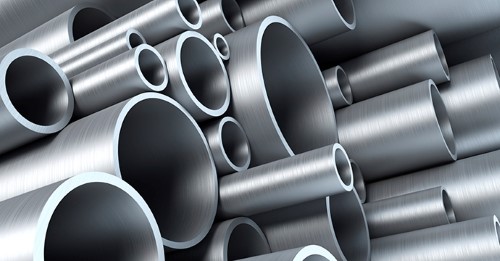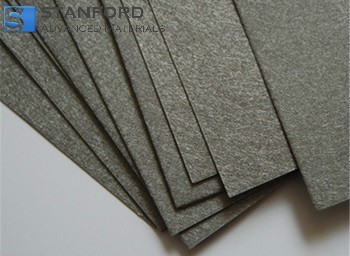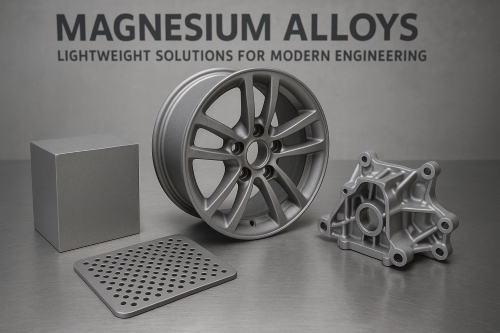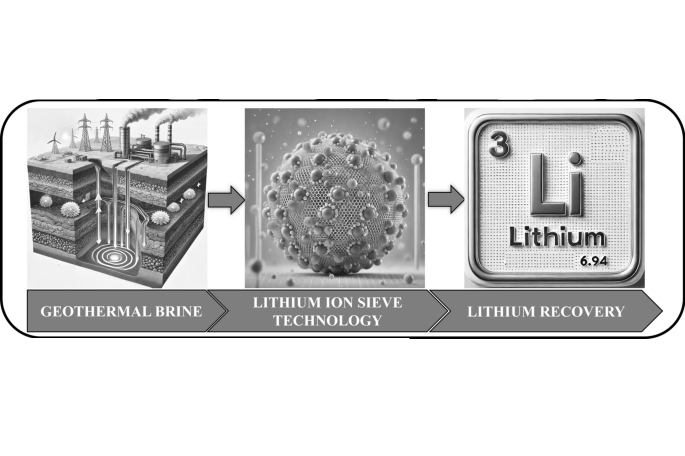Case Study: Stainless Steel Fiber Sintered Felt: A Breakthrough For Steel & Alloy Producers
Introduction
In the field of steel and alloy manufacturing, innovation is a key factor for progress. The introduction of Sinterfilz aus Edelstahlfasern has altered the process approaches of manufacturers in this sector. This material offers quantifiable filtration performance, extended operating life and versatility. Let us examine how it modifies steel production practices through its defined advantages.
 [1]
[1]
Figure 1. Steel production
Understanding Stainless Steel Fibre Sintered Felt
Stainless steel fibre sintered felt possesses a defined structure and a specified set of properties. The overview below provides technical details of the material:

Figure 2. Sintered felt from non-corroding steel fibres
Composition: It is composed of fine stainless steel fibres that are interwoven, layered or pressed together using controlled sintering techniques, thereby forming a three-dimensional porous structure with interconnected channels.
Porous Structure: Its primary attribute is a porous architecture. The structure is engineered to produce controlled pore sizes and distributions, thereby enabling precise particle separation from fluids and gases.
Filtration Efficiency: The efficiency in filtration is a result of the controlled pore size, porosity and fibre composition. It captures particles across a range of sizes, thereby meeting the requirements of fine filtration and cleansing processes.
Other Properties: The felt is temperature-resistant, durable and corrosion-resistant. Its performance parameters may be adjusted to meet specific process requirements.
Applications of Stainless Steel Fibre Sintered Felt
The designed porous structure and measured properties of stainless steel fibre sintered felt make it applicable in several industrial processes.
Filtration and Cleaning:
The primary application is in filtration and cleaning processes. It functions as a medium to remove impurities, particles and contaminants from liquids and gases, thereby reducing the risk of defects and helping to maintain the quality of final materials.
High Temperature Environments:
Given that it withstands high temperatures, the material is suited for use in conditions such as those found in steel furnaces, melting halls and alloy production installations.
Gas Diffusion:
The controlled pore structure facilitates gas diffusion applications. It supports a regulated gas flow and diffusion in various processes, thereby improving control over reactions, temperature regulation and chemical processes within steel and alloy production.
Catalytic Processes:
In catalytic processes, the felt serves as a support for catalyst materials. Its high surface area and permeable structure allow for the accurate deposition of catalysts, thereby improving reaction efficiency and control during manufacture.
Liquid Metal Filtration:
During the production of steel and alloys, the material is employed to filter liquid metal. It removes unwanted solid particles or contaminants from the melt, thereby contributing to the production of materials that meet stringent quality standards.
Handling of Molten Metal:
Owing to its durability and temperature resistance, the material is used for handling molten metals during casting and forming processes. It may be used as a protective covering or filtration medium, thereby maintaining the quality of the molten metal and minimising contamination.
Noise Reduction:
The porous structure is applicable for noise attenuation. It absorbs sound energy in industrial facilities and thereby contributes to a quieter working environment.
Conclusion
In summary, stainless steel fibre sintered felt is a versatile material that enhances various stages of steel and alloy production. Its application in filtration, gas diffusion, catalytic processes and high temperature operations underlines its value in process optimisation, quality assurance and efficiency improvement.
Stanford Advanced Materials (SAM) is a supplier of high quality stainless steel fibre sintered felt. Please contact us if you are interested.
Reference:
[1] World Steel Association (2023). About Steel [Photo]. https://worldsteel.org/about-steel/about-steel/

 Bars
Bars
 Beads & Spheres
Beads & Spheres
 Bolts & Nuts
Bolts & Nuts
 Crucibles
Crucibles
 Discs
Discs
 Fibers & Fabrics
Fibers & Fabrics
 Films
Films
 Flake
Flake
 Foams
Foams
 Foil
Foil
 Granules
Granules
 Honeycombs
Honeycombs
 Ink
Ink
 Laminate
Laminate
 Lumps
Lumps
 Meshes
Meshes
 Metallised Film
Metallised Film
 Plate
Plate
 Powders
Powders
 Rod
Rod
 Sheets
Sheets
 Single Crystals
Single Crystals
 Sputtering Target
Sputtering Target
 Tubes
Tubes
 Washer
Washer
 Wires
Wires
 Converters & Calculators
Converters & Calculators
 Chin Trento
Chin Trento



